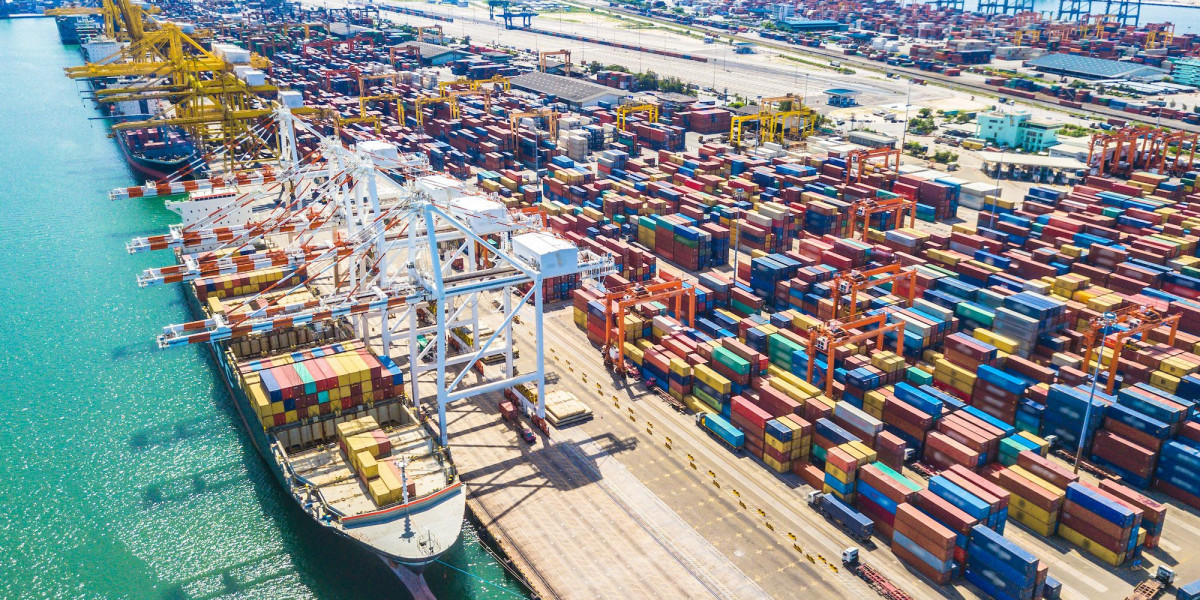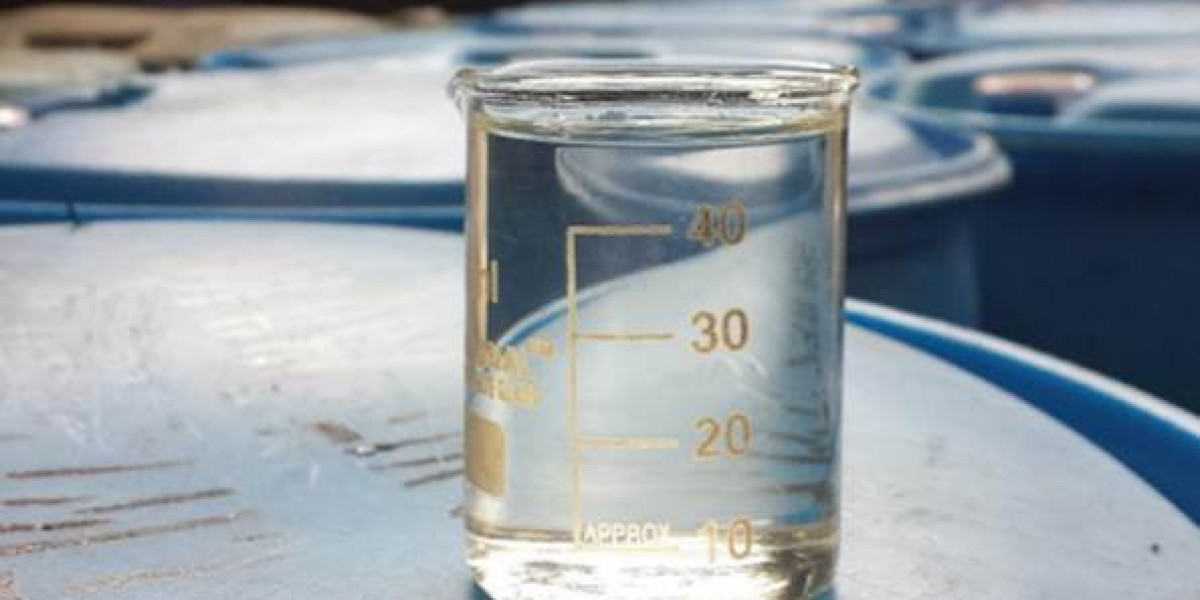The PUR Shippers Market is heavily influenced by a complex landscape of regulations and certifications that govern cold chain packaging. Ensuring compliance is critical to maintaining product safety, meeting industry standards, and facilitating international trade. As cold chain logistics expand globally, understanding and adhering to these regulatory frameworks is essential for manufacturers, logistics providers, and end-users relying on polyurethane (PUR) shipper solutions.
Key Regulatory Frameworks in Cold Chain Packaging
1. Good Distribution Practices (GDP)
GDP guidelines, particularly in pharmaceutical distribution, set strict standards for storage and transportation conditions. Compliance ensures that temperature-sensitive drugs maintain their quality throughout the supply chain. PUR shippers must be validated and tested to meet GDP requirements, often involving temperature mapping and performance certification.
2. Food Safety Modernization Act (FSMA)
In the food industry, regulations like the FSMA in the U.S. require stringent controls on packaging to prevent contamination and spoilage. PUR shippers used for perishable food transport must comply with hygiene and temperature standards under FSMA and similar food safety regulations globally.
3. International Air Transport Association (IATA) Regulations
IATA governs the shipment of hazardous materials, including certain pharmaceutical products, by air. PUR shippers used in air transport must comply with IATA packing instructions and labeling requirements to ensure safety and regulatory adherence.
Certifications Enhancing Market Credibility
1. ISO Standards
Several ISO certifications influence the PUR shippers market:
ISO 9001: Quality management systems that ensure consistent manufacturing quality.
ISO 14001: Environmental management, critical for sustainable packaging development.
ISO 13485: Specific to medical device packaging, ensuring compliance with healthcare regulations.
Manufacturers often pursue these certifications to enhance product reliability and market trust.
2. ISTA Certification
The International Safe Transit Association (ISTA) offers testing protocols to validate packaging performance under real-world transit conditions. ISTA certification demonstrates a PUR shipper’s ability to withstand shocks, vibrations, and temperature variations, providing assurance of product safety.
3. FDA and EMA Guidelines
In pharmaceutical applications, compliance with guidelines from the U.S. Food and Drug Administration (FDA) and European Medicines Agency (EMA) is mandatory. These agencies require evidence of packaging integrity, temperature control, and contamination prevention, making PUR shipper validation a regulatory imperative.
Sustainability and Environmental Regulations
1. Extended Producer Responsibility (EPR)
Many regions now enforce EPR laws requiring manufacturers to take responsibility for the end-of-life management of packaging materials. PUR shippers must increasingly incorporate recyclable or biodegradable materials to comply with these regulations.
2. REACH and RoHS Compliance
In Europe, regulations like REACH (Registration, Evaluation, Authorization, and Restriction of Chemicals) and RoHS (Restriction of Hazardous Substances) limit the use of certain chemicals in packaging. PUR shipper materials must meet these criteria to be marketable within the EU.
Challenges in Regulatory Compliance
Global Variability: Different countries enforce varying standards, complicating compliance for international shipments.
Evolving Standards: Rapid advancements in packaging technologies require continuous updates to certification and testing.
Cost Implications: Achieving and maintaining compliance can increase production costs, requiring manufacturers to balance quality and affordability.
Conclusion
Compliance with regulations and certifications is foundational for the PUR Shippers Market, ensuring the safe, reliable transport of temperature-sensitive goods. By aligning with global standards—from GDP and IATA to ISO and environmental regulations—manufacturers and logistics providers can enhance product safety, facilitate market access, and support sustainability objectives. As regulatory frameworks evolve, proactive compliance will remain a critical driver of market success.







